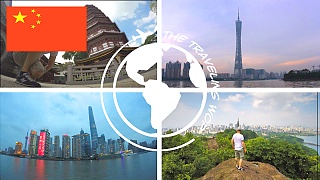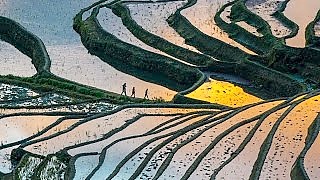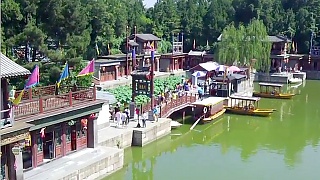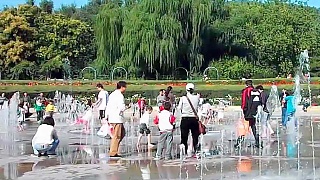Vast state investment in schools, universities and research programmes has driven the rapid growth, with academic discoveries rapidly tapped for commercial potential. Chinese scientists are particularly strong on chemistry and materials engineering, both considered central to the country’s industrial development and economic future.
The number of peer-reviewed papers published by Chinese researchers rose 64-fold over the past 30 years.
China is now second only to the US in terms of academic papers published, and will take first place by 2020 if current trends continue.
 China to lead world scientific research by 2020
China to lead world scientific research by 2020


![Hong Kong, Shanghai, the Great Wall and much more. With Ryan and Emma / One Shot Adventures . . . [videogallery type=playlist id=PLIHYvA1qSN5P1hZGrHh418MUuols6OfPS c=2] China trip video series](https://img.youtube.com/vi/lk0HMs_6gA4/mqdefault.jpg)






















